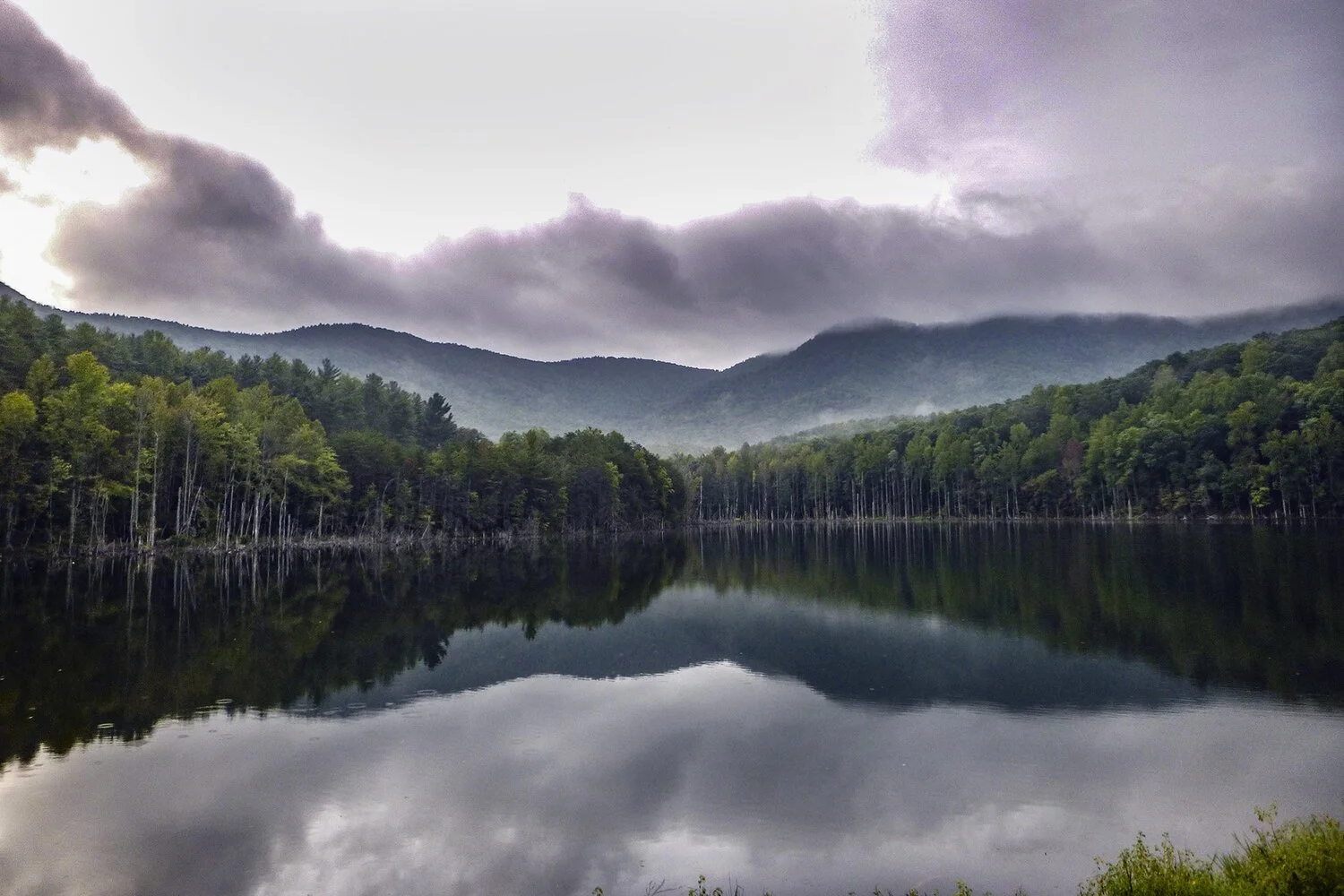Virginia Dare Memorial Bridge: An Exercise in Teamwork
/The Virginia Dare Memorial Bridge
The Virginia Dare Memorial Bridge is the largest bridge in the state of North Carolina, spanning an impressive 5.2 miles over the Croatan Sound to reach the Outer Banks. It was constructed after hurricane evacuations in 1996, when the existing Umstead Bridge could not carry the high volumes of exiting traffic. Currently, the Virginia Dare Bridge is one of only four bridges that connect the Outer Banks to the mainland, making it an essential lifeline that must be maintained. Every two years, the NCDOT selects firms like Alpha & Omega Group (A&O) to inspect the bridge for wear and signs of structural problems. We were proud to be asked to inspect it for the third time in 2023.
Inspecting a large bridge like the Virginia Dare is a unique challenge for any firm, no matter how experienced or skilled. Usually, when the A&O team works in the field, bridge inspections require a boat for bridges that span a river or, for taller structures, an under-bridge platform truck, or bridge snooper. Since the bridge spans over five miles of water, and the weather was cold and rapidly changing, and the team was restricted by the short daylight hours and the upcoming holidays, we needed to alter our usual procedures.
A snooper on the Virginia Dare Memorial Bridge
One of the obstacles we faced when inspecting the bridge was how to manage traffic. Usually, A&O works closely with the bridge owner or NCDOT to make sure that necessary traffic control is in place. We also take care to announce our plans in advance. Often, we channel traffic to one side of the bridge with a flagging operation. This allows inspection without a major disruption to the traffic flow. However, this inspection required two under-bridge platform trucks to be deployed off both sides of the bridge in different locations, making traffic more difficult to control.
We solved this by using two traffic control patterns and plenty of coordination. During our inspection, we deployed the snoopers on opposite ends of the bridge, moving toward each another, and directed traffic around the vehicles. This method required a great deal of synchronization. In past inspections, our teams have communicated using walkie-talkies. This method allows us to coordinate tasks as needed, but only allows a two-way conversation. For this bridge, everyone communicated on a group call using cellphones. Combined, the traffic control strategy and cellphones helped us to act seamlessly as a unit, to move vehicles as needed, resulting in the least disruption of traffic.
The early december weather was an unexpected challenge
An unexpected challenge was the weather in early December on North Carolina’s coast. During the crews’ time spent on the bridge, windchills averaged in the 20s during the day, with 10-20-mph winds, and intermittent small craft advisory warnings were posted. With safety boats circling the bridge in anticipation of any misstep by inspectors, teams were forced to take one day off due to heavy rainfall to keep everyone safe.
Another challenge for A&O was inputting data from three separate teams while inspecting such a large bridge. When inspecting most bridges, a single team usually inputs the data as the inspection proceeds. After the inspection, one of the team checks the data for quality and then prepares the report for submittal. However, the sheer size of the Virgina Dare Memorial Bridge resulted in a weeks-long endeavor, making gathering and sorting through the data a far lengthier process than usual.
The virginia Dare Memorial Bridge being inspected
During the inspection, the inspection teams gathered data and took daily photos of structural elements and defects. Rather than waiting until the end of the inspection to sort through information, teams combined and entered the collected data each evening. By the next morning, before the new round of inspections, the previous day’s data had been entered into WIGINS, the NCDOT’s reporting software, and quality checked by multiple team members. By spreading the tasks among three teams, cross-checking each other’s information, and inputting daily, we were able to ensure that no individual task was too overwhelming or left incomplete.
In the end, through lots of pre-planning, smooth traffic control, inclement weather resistance, and constant communication and collaboration, A&O was able to meet the challenges presented by such a large bridge inspection project. We were also able to ensure that the Virginia Dare Memorial Bridge would be able to continue standing as an essential lifeline between the Outer Banks and the mainland.









